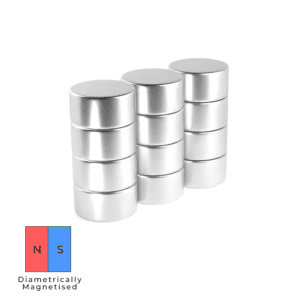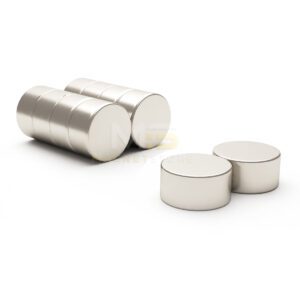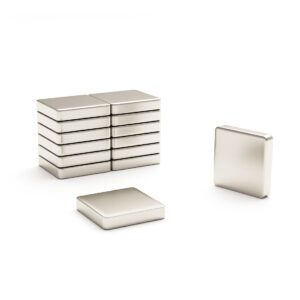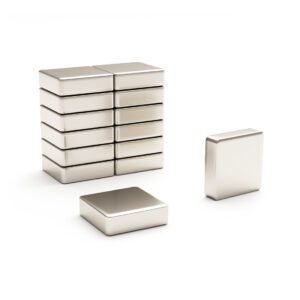Who First Discovered Magnets
There’s a lot of conflicting opinions as to who exactly discovered the first magnets, on the one hand some argue that it was Ancient China and on the other hand others argue Ancient Greece. However, in 2500 BC, Ancient China were the first to document their use of magnets after the discovery of a magnetic rock called magnetite, otherwise known as Lodestone. The gates of Epang Palace were reportedly built with Lodestone so invading enemies wearing iron armour were rendered helpless when attempting to pass through the gates. The Chinese soldiers would often taunt their enemies during invasions, provoking as many enemy soldiers forward as possible to cause more destruction.
The Greek discovery of magnets in 550 BC is somewhat less dramatic and speak of a shepherd called Magnus in Magnesia, Greece. Magnus was herding his sheep through Mount Ida when his feet stuck to the ground, making it incredibly difficult to walk through the mountain, to which he thought was an act of God. Magnus later discovered the iron nails in his sandals were attracted to the magnetic rock he stood on, which was later identified as Lodestone; the same material used by the Chinese in 2500 BC.
So to settle the score we can say that it was Ancient China who were the first to uncover the power of magnets.
Once the power of magnets had been discovered, the demand for Lodestone became highly sought after; tremendously so when the Europeans were introduced to the magnetic compass.

Who created the compass?
Despite China being the first to create a compass in 200 AD during the Han Dynasty, it was many years later when the first conventional compass was made by the Venetians in 1274. The compass used a magnetised needle over a card, showing the four direction points and vastly improved navigation among sailors and traders alike, thus building the foundations on which kickstarted the Age of Exploration in the 15th Century. It began with Portuguese ships – then were the Spanish – and finally British, Dutch and French ships began their voyage. From this we begin to see the modern day compass develop.
It is often rumoured the Vikings used compasses to navigate the seas in their invasion of Britain, but this is highly unlikely as their timelines are do not align. The Vikings instead were known for being acutely fine-tuned to the sea, navigating by the analysis of wind patterns and even using their sense of smell to judge whether they are close to land.
As times have continued to develop so have the uses of magnets in the modern world. From defence mechanisms of the Ancient Chinese whose aim was to defend and conquer to MRI, magnetic motors, ABS systems, hard drives, security systems, we may not see but magnets are unknowingly used by BILLIONS of people on a daily basis.
Fortunately, today we live in a much more peaceful world. Centuries of ingenuity has lead to incredible inventions, forever changing the way we live.
-

10mm x 10mm Disc Diametrically Magnetised Neodymium N52 (2.52KG Pull)
£13.29 – £1,614.99 -

10mm x 10mm Neodymium Disc / Cylinder Magnet N42 (4.02KG Pull)
£9.49 – £1,206.49 -

10mm x 10mm x 2mm Block Neodymium Magnet N42 (1.41KG Pull)
£5.89 – £379.99 -

10mm x 10mm x 3mm Block Neodymium Magnet N42 (2.31KG Pull)
£6.84 – £714.33

